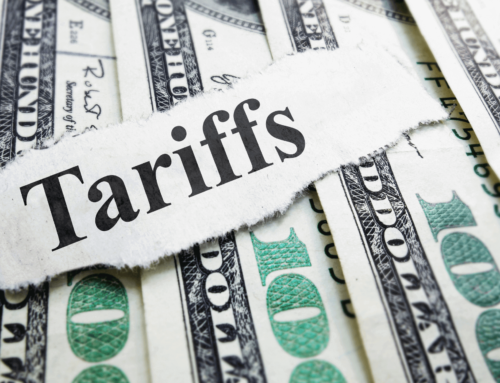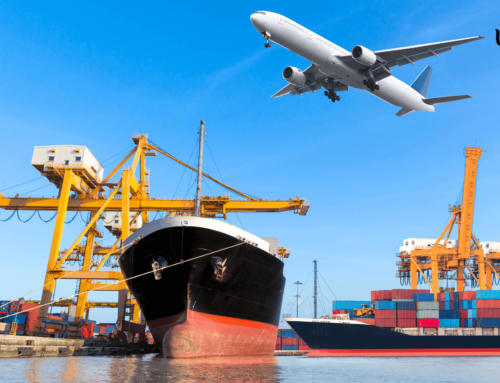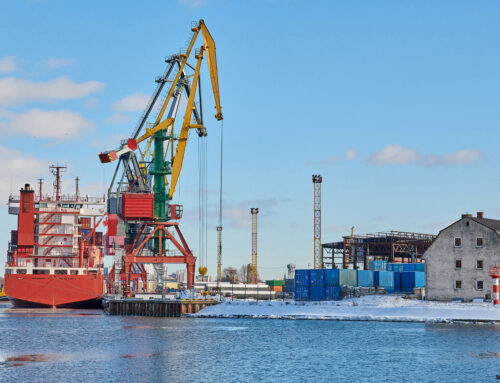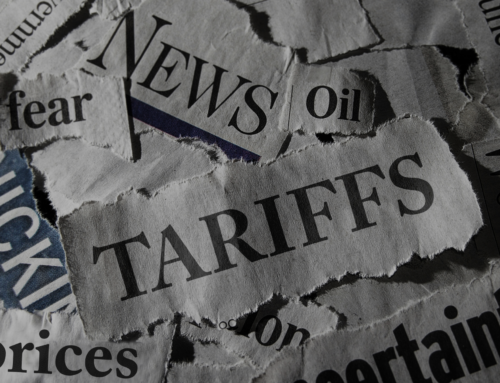Remy Garson, CEO of Remcoda, brings his expertise in global logistics to Forbes with monthly articles on industry insights.
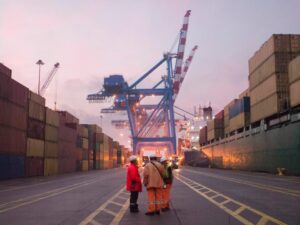
The Covid-19 pandemic highlighted the vulnerability of global supply chains, and many businesses suffered from shortages and delays due to disruptions. As a result, logistics providers continue to seek ways to mitigate supply chain disruptions’ impact and find new sourcing options.
A Turn To Reshoring
As companies across the globe grapple with the lingering effects of the pandemic on the supply chains, one potential solution has emerged: reshoring. This practice of bringing back manufacturing and sourcing to domestic markets has been gaining popularity in recent years, even through obstacles of cost, time and other limitations.
As a part of this turn to reshoring, many supply chain operators have already expanded into Latin America, providing an Asian alternative and a viable backup if supply chain disruption rears its ugly head again.
The New York Times recently reported on this development. According to economists at Mexico’s central bank, Chinese companies are seeking opportunities in the country by setting up factories and research centers in major border cities like Monterrey.
Investments In Nearshoring
One example of a company that successfully implemented this strategy is Foxconn, which produces components for Apple’s iPhones; they opened facilities in Ciudad Juarez, Mexico, and this enabled Apple to mitigate disruption during the pandemic when their Chinese suppliers experienced a slowdown from strict lockdown measures.
Foxconn isn’t alone either; other tech giants like HP, Dell, IBM, Microsoft and Huawei have all invested heavily in Latin American countries like Mexico over recent years as part of their reshoring strategies. Recently, Tesla just announced plans to open a new gigafactory in Monterrey.
Reshoring can be costly and time-consuming for businesses, but it’s a possible solution to avoid further disruption from global supply chain issues. The long-term economic benefits of partnering with Latin American countries create an attractive alternative for many firms trying to adapt to current circumstances.
Helping Businesses Diversify Sourcing
Today’s logistics operators can help enable businesses to diversify sourcing and reduce reliance on a single country. With a vast network of suppliers and logistics partners in Latin America, a move to this region can offer firms access to products and services at competitive prices and much shorter transit time.
Though probably impossible to entirely separate, the growing tensions between the U.S. and China have begun a gradual decoupling process of the two economies. With some believing that tensions will boil in the future over issues like Taiwan and a rising China superpower, diversifying your supply chain into South America could be well worth it.
According to The Reshoring Initiative 2020 Data Report, 69% of companies cited supply chain disruptions as the primary reason for reshoring, with Covid-19 further highlighting the vulnerabilities of global supply chains. According to J.P. Morgan’s global 2023 outlook, while Latin America’s “economic growth is poised to slow considerably,” nearshoring and other valuations remain supportive.
Three Hurdles To Overcome
With the potential long-term benefits of nearshoring, the following are some hurdles and how I think businesses can respond to them.
Quality
The quality of products made in Latin America often do not always compare to those sourced from overseas. In my experience, the Latin American manufacturing market generally operates with different quality standards than the U.S. market, and China, through decades of servicing the U.S.-market and its increased scale of operations, tends to have a higher standard of consistent quality. When sourcing a nearshore facility, you will want to keep a close eye on the quality and consistency of the products.
Capacity
The Asian manufacturing infrastructure has been designed and built over the span of decades to service markets outside of Asia, whereas the Latin American manufacturing infrastructure in many instances has only recently begun servicing clients outside of their own local markets. As such, there is more limited capacity available to export to the U.S., so importers must plan in advance to secure factory line time allocations.
Raw Materials
Raw materials are the building blocks of manufacturing and, in the past, I have seen Latin American markets struggle to secure sufficient levels of materials to produce their goods. If raw materials need to be imported from the U.S. or Asia, this makes it more difficult to have competitive prices.
In the end, if you find a significant portion of your manufacturing process reliant on offshore, particularly the importation of raw materials, then it may be best to avoid the nearshore option for now as the benefits (security, lead time and price) will be mitigated or erased at the first sign of trouble in the supply chain.
Weighing Long-Term Benefits Versus Short-Term Gains
Here are some areas to weigh when it comes to the potential long-term benefits of nearshoring:
Talent Pool
Companies should assess the availability and quality of talent in the target location, including factors such as language proficiency, technical skills and cultural fit.
Local Business Environment
Make sure to also consider the political, economic and regulatory environment of the country or region where you plan to nearshore. Evaluate the risks and opportunities associated with doing business in that particular market.
Long-Term Strategy
Most importantly, nearshoring should be part of a broader long-term strategy that takes into account factors such as market growth, competition and customer needs. Use predictive modeling and other tools to help ensure that nearshoring will be a sustainable and beneficial practice.
Encouraging Nearshoring As An Option
My advice as someone who lives and breathes supply chain is to encourage your suppliers and distributors to provide you with pricing and options for a nearshore option in Latin America.
While you may find that it does not make sense to switch right now, thanks to the advantages in price and efficiencies that China has established over the decades, there can be long-term benefits and values to having Latin American options ready if something in the supply chain breaks again or you need to cut out weeks of transit time.
After all, it’s always better to be prepared; if the last three years have taught us anything, it’s to expect the unexpected.
Forbes Business Council is the foremost growth and networking organization for business owners and leaders. Do I qualify?



